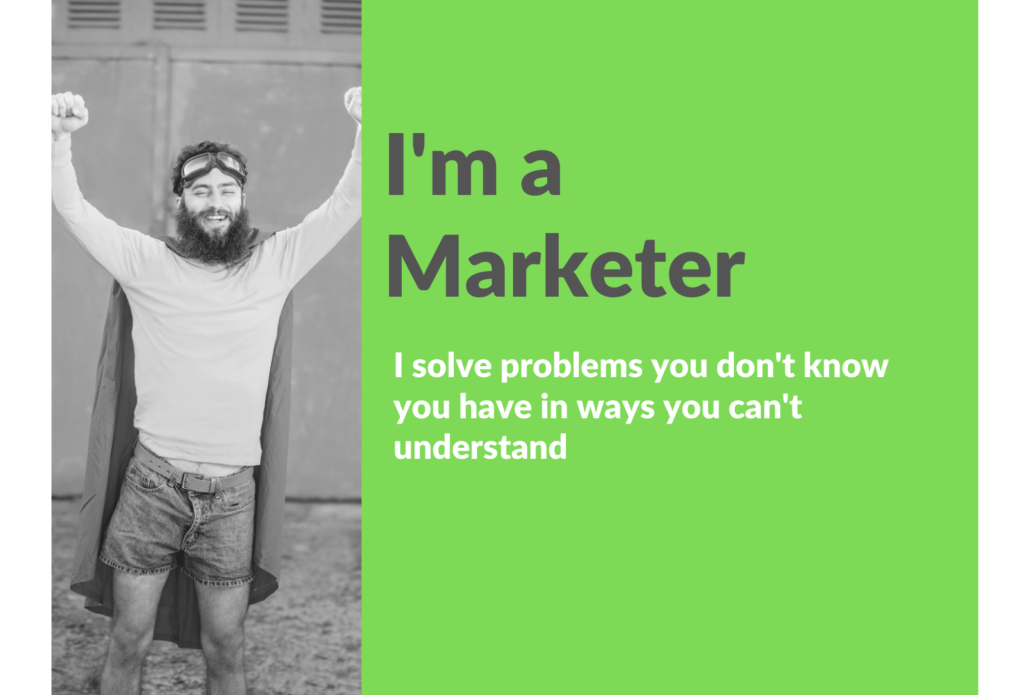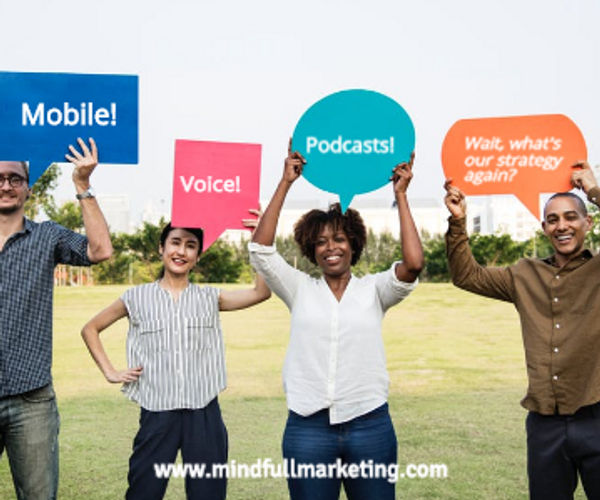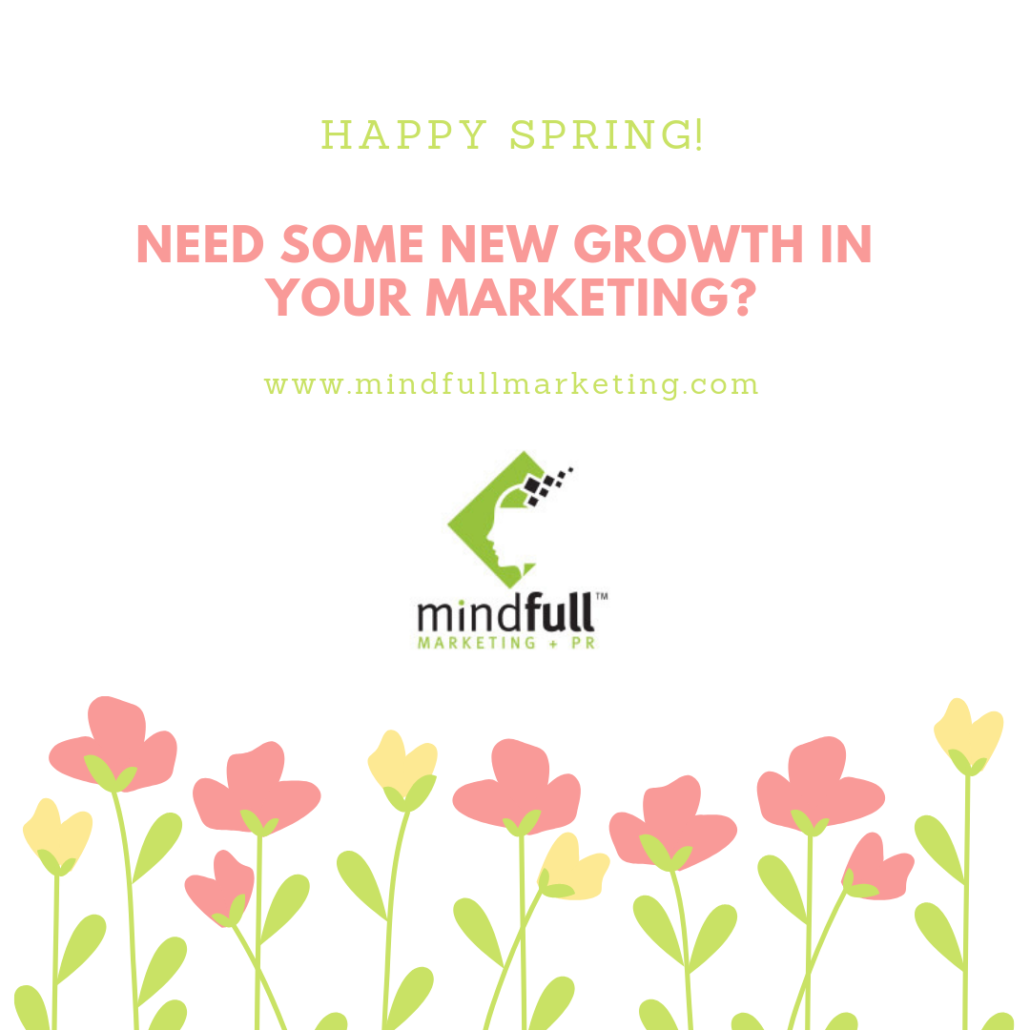NBC 10 Features Team IMPACT UVM Match
NBC 10 interviews fourth-grader Max White of Richmond, Vermont, who just became the latest team member of the University of Vermont men’s soccer team through client Team IMPACT.
NBC 10 interviews fourth-grader Max White of Richmond, Vermont, who just became the latest team member of the University of Vermont men’s soccer team through client Team IMPACT.
NECN interviewed client Team IMPACT’s CEO about how the Boston-based nonprofit continues to operate and help sick kids stay connected with their matched teams during the COVID-19 quarantine. See the full story, here.

New England Patriot’s Chase Winovich joined Team IMPACT’s Virtual Gala April 29th
Seth Rosenzweig, CEO of client team IMPACT, wrote a piece for Chief Learning Officer about building stronger leaders through volunteerism and mentorship. As the leader of the Boston-based nonprofit connecting children facing serious or chronic illnesses with college athletic teams, he is very familiar with the psychological and sociological effects of isolation and believes that this knowledge is something that all leaders and managers will now need to familiarize themselves with in order to lead effectively in this new reality. He shares what lessons leaders can take from this knowledge to help their isolated teams stay connected and inspired in this time of COVID-19 quarantine and social distancing.
“Philanthropy and volunteerism can help us navigate seemingly impossible situations and focus on silver linings — something we can all benefit from at a time like this. The lessons we can take from being mentors, for example, are many and can be applied to other areas of life such as leadership, management, self-control and more. How can you encourage your team to give back not only in a time of need but as a way of life?”
Read the full story, here.
It’s a question on the minds of many Chief Marketing officers, marketing executives, and small business owners: “What should we do about marketing in the current COVID-19 crisis? Should we even be marketing?”
As has been said in the wake of past disasters, the answer is yes. The more important question is “How and what should we be marketing”? Marketing is often the first thing to go during a financial crisis – it’s an “easy cut” that doesn’t always have a stark, noticeable impact on the bottom line. (This is why measurement and analytics are so important!) But in difficult times, marketing may be more critical than ever. While it may not drive hot leads today, it will generate warm leads and loyalty for tomorrow when buyers begin to spend money again.
Every organization now needs to refocus their marketing approach to be socially-minded. If your company’s previous marketing was all about your brand, it’s time to think differently. True, consumers and businesses may be slowing down buying today, but tomorrow will come and marketers need to be thinking about that in their strategy.
Socially-minded marketing during this crisis is focused on brands being a resource to customers and prospects today. Provide more information, share more insights, give more than you have previously. Consider pricing strategies, reductions, or payment plans that will allow your customers to stay with you during these tough times. Think about how your marketing actions today will build long term loyalty when we all begin to recover and spend again.
Take, for example, Planet Fitness. They swiftly conducted a series of smart marketing moves:
Other brands did not move as swiftly or as carefully. They may not have considered just how vital intelligent, socially-minded marketing is in a crisis like this. They continued to think only with a promotional viewpoint and not a research-based, customer-first mindset. Sending your regular newsletter with a side note on COVID19 was not enough. Here’s a different tale from Vineyard Vines:
The next day, they were back to their regularly scheduled “40 percent off” newsletters.
Finally, Monday of this week, they started to tie it in, offering “the most comfortable work from home styles,” and a new hashtag, “whaleathome,” accompanied by a website featuring “Tales of the Good Life from our friends, activities and inspiration for whale-you’re-at-home, and more to give you a brief escape from these uncertain times.” They began promoting images of people wearing and using their products at home and they tied in “We hope this reminds you that Every Day Should Feel This Good.”
Of course, I acknowledge that every brand is different, and not all have something to offer that can tie into the social distancing and isolation we are all currently faced with today. However, this shows the difference between the two marketing strategies and approaches:
In times of crisis, marketing is essential, but it changes. Swift moves backed by critical thinking, and research are vital. Crisis experts should be consulted, and it’s better to halt promotions until you have a clear strategy in place. Keep this in mind as you continue to navigate the murky waters we are all swimming in today, with no definitive end in sight. How will you connect with and help your customers during this time? Stop thinking sales-first for now, and start building loyalty-based campaigns that will help both you and your customers when we reach the recovery phase.
What brands have you seen doing a good job marketing during this crisis?

In the day and age of social media and digital communications, nearly everyone fancies themselves a marketer. And I suppose that in some ways, everyone is – we’re marketing our personal brands: our roles as parents, leaders, authorities and whatever else is hot at the moment. We share our company’s marketing content across social networks. We chime in with something cool we saw on YouTube and suggest our company do something similar.
But not all marketing is created equal. While something may work for an Instagram influencer, it likely won’t have the same success for a B2B company, for example. Yet, here are five things to check in your marketing that can apply to just about any brand:
Following these five basic guidelines can help you stand out as a marketer and continually get better. Just like the phone, social media channels don’t make everyone a good communicator just because they have access. It takes strategy, thoughtful presence, and consistency to do marketing right.
What does a “Great America” mean to you?
A generic political slogan like Trump’s “Make America Great Again” can be so appealing because you get to define it for yourself, vs. a politician telling you very specifically what to think. It opens up possibilities for everyone. Trump fan or not, like many celebrities and artists, he’s a great marketer.
Take, for example some of these less generic presidential campaign slogans. They don’t leave a lot of room for interpretation:
It may be surprising that Trump did not use his name in his slogan like many candidates. Meanwhile, his 2020 presidential campaign slogans used to-date are not as open but do play on the successes he’s had:
What can your brand learn from examining these political slogans? We extract several lessons to keep in mind when branding your next marketing campaign:
Marketing inspiration is all around us. Today’s political climate is no exception and can offer a lot of lessons – and raise some questions – about how to best connect with your audience. Examine them in the light of what you need to accomplish and you may breathe some fresh air into your messaging.
Our client Together For Safer Roads has announced its third annual Global Entrepreneur Program, a unique accelerator focused on early stage startups in transportation and road safety.
The 2020 Program is focused on addressing problems and building solutions in three core areas:
Startups interested in the 2020 program can read details and apply online until September 30. A GEP Pitch Night event is slated for early December, where the cohort will be announced.

Client Octo Telematics has partnered with ICBC for a one-year tech pilot project, recruiting as many as 7,000 drivers to see if technology can improve their driving and make B.C. roads safer. Octo will provide the telematics platform to track driving behaviors, monitor distracted driving, and provide an overall driving score.
“Participants will use a small smart tag that communicates with an app installed on their smartphone. As an incentive, participants will receive rewards in the form of gift cards to popular retailers and restaurants. Drivers will complete various driving challenges to increase their chance at rewards. The safer your driving, the more rewards you can earn.”
The pilot results will help determine how ICBC might use telematics in the future. Other insurers may also find interest in the results and how insurtech can make better drivers.
To sign up or read more details, visit http://bit.ly/OctoICBC.
Often, when a new client comes to us for marketing help, they are overwhelmed by the scope of possibilities and in particular, the social media landscape. Of course, we help them to understand that not every idea is applicable to their business. “But what about x social channel? We see everyone doing it now,” they’ll often retort.

The scope of marketing software and social media channels is indeed vast and overwhelming. But in reality, not everything is right for your business needs. Just because you see GoPro doing some very cool thing on a social media channel does not mean it will yield the same results for you or even that the social channel is applicable to your audience… especially if you’re a B2B company. Marketing strategy built from the Fear of Missing Out (FOMO) is naive at best, and irresponsible at worst.
Instead of looking around at what everyone else is doing and thinking “We need to be there, too,” step back. Ask yourself these four things before you kick off your marketing brainstorm, and ensure that your strategy makes sense for your needs and isn’t born out of FOMO:
Starting with these four simple questions can help your marketing team to keep the eye on the prize and not get fearful that they aren’t doing the latest cool thing. Marketing trends come and go. Trust your expertise in knowing your customers and prospects and communicating with them where, when and how they want to communicate and consume content. If they start to demonstrate a change in social channels, you can begin to explore.
Happy Spring! It’s hard to believe we’re already rounding the corner to Q2. Here are a few quick tips to breathe new growth into your marketing:
1) LISTEN to your customers – what value are they seeing? What else could you offer to them? What do they need in 2019?
2) ENGAGE – beyond promotion of your own content, how is your brand talking with – not just at – key audiences?
3) EDUCATE – certainly your team has a wide array of knowledge across a variety of business or industry topics. Share resourceful content with your audience that educates or helps them – vs just sharing your own branded content about your business.
4) ANALYZE – measure what’s worked well in Q1 so far. Are your images and messaging aligned? Do traffic and leads indicate your marketing content is working? Has the buyer’s journey changed at all? Pivot accordingly.

